The well-documented celebrations of Chinese New Year, Diwali and Hari Raya undoubtedly form a major part of the festive calendar in Malaysia. While we’re in celebration mood with the lunar new year just around the corner, Sandeep Dhanoa thought it was about time to pay homage to the lesser-known festivals that make up Malaysia’s vibrant, all-year-long, festival culture.
Hungry Ghost festival
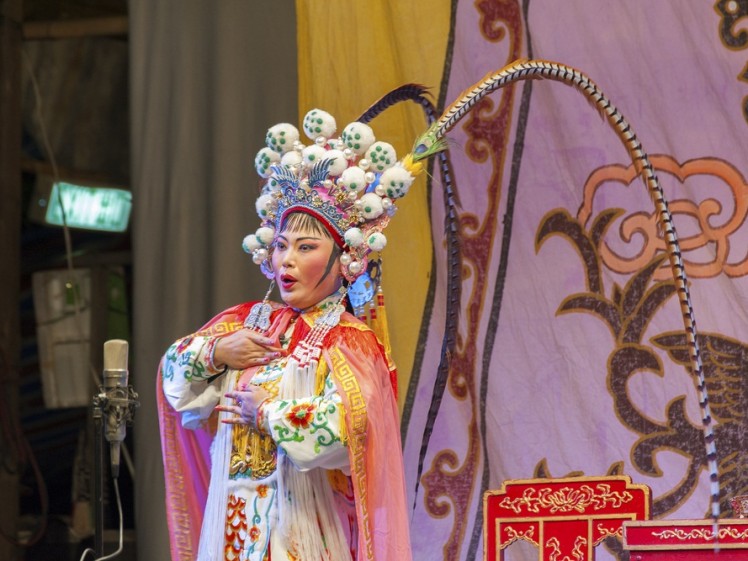
Celebrated on the 15th day of the seventh month of the Chinese lunar calendar by the Buddhist and Taoist community, this festival aims at paying respect to ancestors and lost souls. During the celebrations, the realms of heaven, hell and the living are believed to be open and so offerings are made to appease the souls of the dead.
However, care has be taken to avoid accidentally stepping on these offerings that are often left by the roadside. In addition, the burning of joss sticks and fake paper money, better known as ‘hell money’, is also a norm during this celebration. Furthermore, several theatre performances such as Chinese opera and puppet shows are held throughout this ‘ghost month’.
Nine Emperor Gods Festival
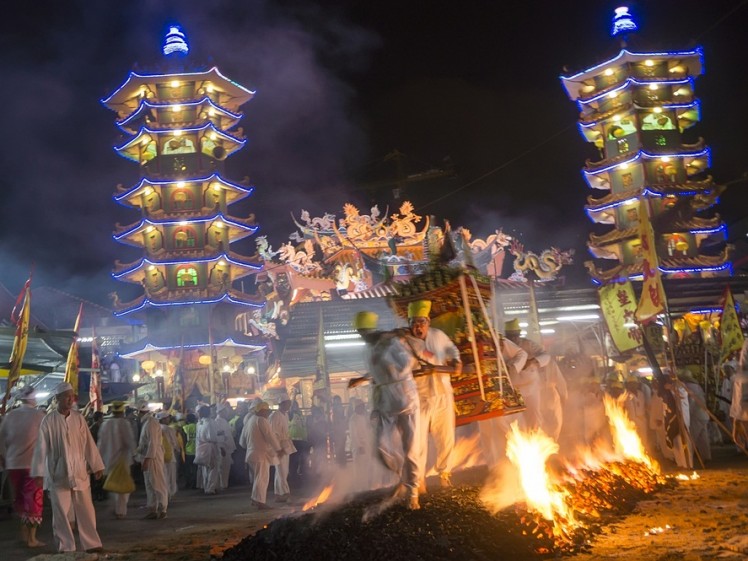
Also known as Ong Yeah, this nine-day Taoist celebration takes place on the eve of the ninth month of the Chinese lunar calendar. This festivity pays tribute to the nine sons of Tou Mu, the North Star Goddess who controls life and death.
During the festival, believers dress in white clothing and carry out several acts of devotion such as fire walking. On the very last day of celebrations, the Gods are sent back to the sea, accompanied by a procession of multi-coloured boats.
Butterworth’s Nine Emperor Gods Temple is one of the biggest temples in Penang, and arguably the best place to experience this inspiring festival.
Pongal
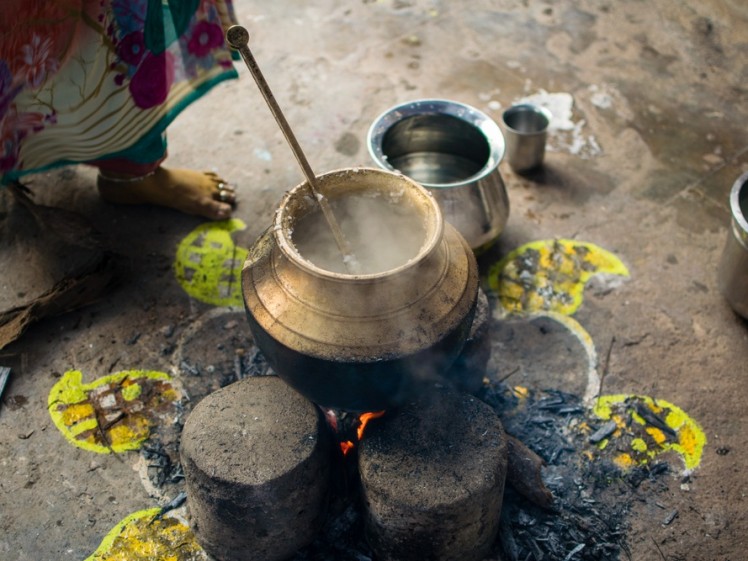
Deepavali and Thaipusam celebrations often steal the limelight from this lesser-known festivity that is usually celebrated in mid-January. The word ‘pongal’ is derived from the Tamil word ‘pongu’, which literally means ‘boil over’.
Sweet rice is a staple dish during this four-day-long festivity which honours the Sun God, Surya. Freshly-harvested rice is boiled with fresh milk, in a clay pot, and topped off with an assortment of nuts, ghee and sugar.
The spilling over of milk during the boiling process signifies prosperity. On the second day, better known as Mattu pongal, cows are worshiped and garlanded with fresh flowers.
Kanni pongal, which is the third day of celebrations, involves single adults scouting for potential partners. If a match is made at this sacred time, you can be sure that wedding bells are not far away.
Gawai Dayak festival
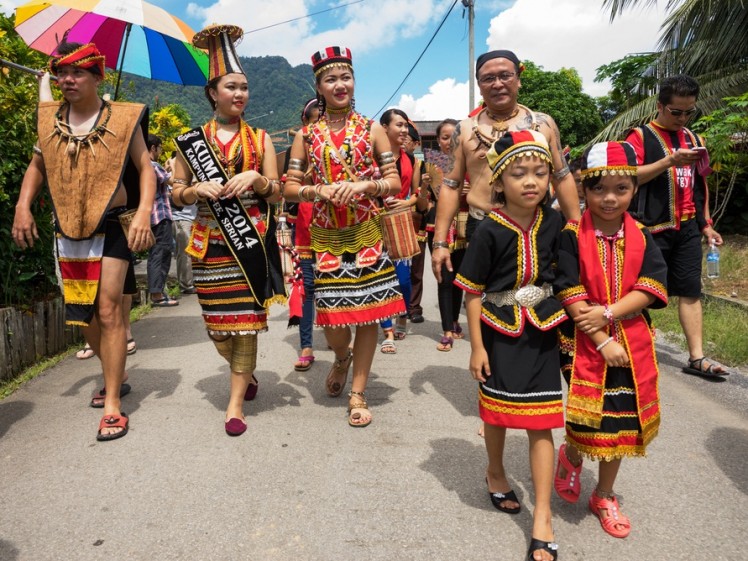
Celebrated on June 1st and 2nd, this festival marks the end of the harvesting season in Sarawak. The Dayak community in Sarawak includes the Iban, Bidayuh, Kelabit, Kenan, Kenyah and Murut tribal communities.
During this festival, these communities gather at longhouses in traditional wear and offer food and drinks to the gods, after reaping the rewards of the harvesting season. The celebrations usually kick off on the eve of the festival itself, May 31st.
During the Muai Antu Rua ritual, two men drag a basket along the floor of the longhouse, and families discard household items into the basket. This is then thrown on the ground as a sacrifice against evil spirits.
Following that, families indulge in a feast which includes bamboo-steamed rice and sweet cakes. Soon, the Ngalu Petara ritual is held to welcome the spirit gods. Lastly, the celebration comes to life as ‘tuak’, a locally made rice wine is served to kick-start the singing and dancing.
Pesta Ka’amatan
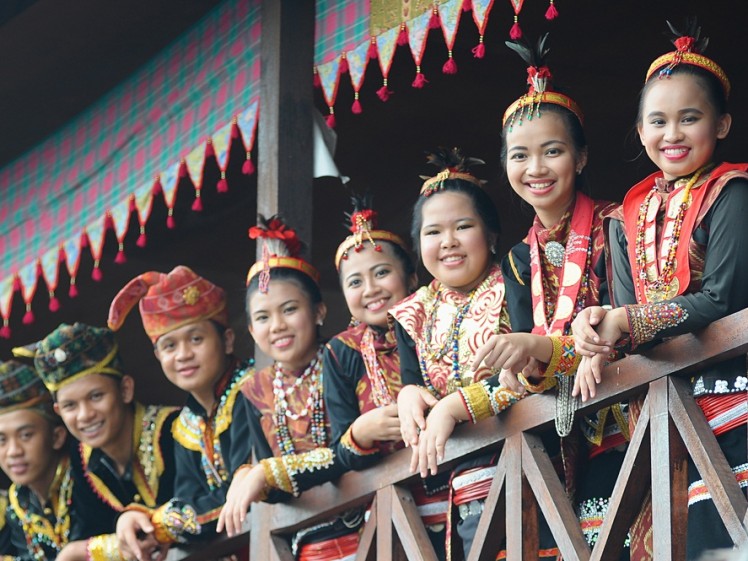
This festivity is Sabah’s version of the harvest festival. Although it was predominantly celebrated by the Kadazandusun community, this celebration has now transcended geographic barriers to be welcomed all over Sabah.
According to popular belief, the rice paddy is believed to be a part of Bambaazon, who is the creator of life. Hence, the rice paddy is not just a source of food, it is also seen as a holy plant by the Sabahan community.
Lohri
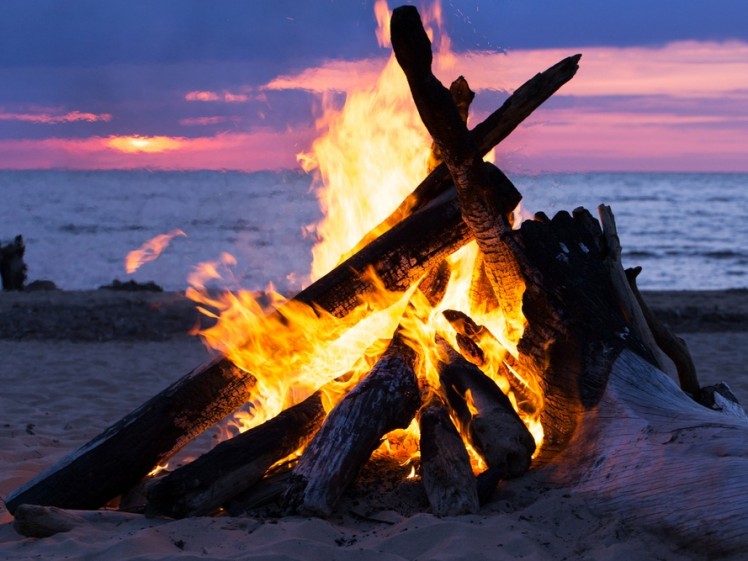
Often overshadowed by the colourful, vibrant celebrations of Vaisakhi, Lohri is a harvest festival for the Punjabi community. This festivity is still practised here in Malaysia, albeit by a dwindling number of people.
Local gurdwaras make a mini bonfire and they throw in peanuts, sweets and rice. In addition, a ‘prashad’, a devotional offering, is given out to devotees. Like any other Punjabi celebration, Lohri is not complete without singing and a bhangra session.
Gong xi fa chai!
If indulging in Malaysia’s rich culture and heritage scene is one of your 2016 aspirations, then there is nothing better than experiencing these lesser-known festivities that have formed an integral part of Malaysia’s buzzing religious atmosphere.
This country is well-known for its amazing range of celebrations – and, on the note of celebration, we wish you all the very best for Chinese New Year! Gong xi!
"ExpatGo welcomes and encourages comments, input, and divergent opinions. However, we kindly request that you use suitable language in your comments, and refrain from any sort of personal attack, hate speech, or disparaging rhetoric. Comments not in line with this are subject to removal from the site. "



















…The selected image to represent Ponggal is a shot from the movie ‘The Revenant’?
It seems ok to us Sarsha? 🙂
Oh wow thats so strange. comes up as snow-covered Leo on my phone!
Nice ponggal pic with the pot an fire though ?